The Importance of Regular Dishwasher Maintenance
A dishwasher is one of the most essential appliances in any modern kitchen. It saves time, energy, and the hassle of hand-washing dishes. However, like any other appliance, your dishwasher requires regular maintenance to keep it running smoothly. Neglecting this maintenance can lead to a host of problems, from inefficient cleaning to expensive repairs. In this post, we’ll explore why regular dishwasher maintenance is crucial and how it can save you time, money, and stress in the long run.
Why Dishwasher Maintenance Should Be a Top Priority
Regular dishwasher maintenance might not be the first thing on your to-do list, but it’s crucial for several reasons. First and foremost, a well-maintained dishwasher operates more efficiently. When all parts are clean and in good condition, your dishwasher uses less energy and water, making it more environmentally friendly and cost-effective. Secondly, regular maintenance can extend the lifespan of your dishwasher, sparing you the expense of an early replacement.
Beyond cost savings, keeping your dishwasher in good shape ensures that your dishes are actually getting clean. Over time, food particles, grease, and soap scum can build up in your dishwasher’s filter, spray arms, and drain. This buildup can reduce the efficiency of your dishwasher, leading to dirty dishes and unpleasant odors. Regular maintenance helps prevent these issues, ensuring that your dishes come out sparkling clean every time.
Moreover, regular dishwasher maintenance can prevent unexpected breakdowns. Appliances tend to fail at the most inconvenient times, and a broken dishwasher can disrupt your daily routine. By keeping up with maintenance, you can catch potential issues early before they become major problems. This proactive approach can save you from costly repairs and the hassle of a malfunctioning appliance.
If you’re unsure about how to maintain your dishwasher or need professional help, don’t hesitate to contact us at +971545356777. Our experts can provide thorough inspections and maintenance services to keep your dishwasher running like new.
Common Issues Caused by Poor Dishwasher Maintenance
When regular Dishwasher Maintenance is neglected, various issues can arise, some of which might not be immediately apparent. One common problem is poor cleaning performance. If you’ve noticed that your dishes aren’t coming out as clean as they used to, it could be due to clogged spray arms or a dirty filter. These components can become blocked by food particles and mineral deposits, reducing water flow and cleaning efficiency.
Another issue linked to poor dishwasher maintenance is the growth of mold and mildew. The warm, moist environment inside a dishwasher is ideal for these unwanted guests. If your dishwasher isn’t cleaned regularly, mold and mildew can build up, not only affecting the cleanliness of your dishes but also posing health risks. Regularly cleaning the door seals and running an empty cycle with vinegar can help prevent this problem.
Water leaks are another common consequence of neglected maintenance. Over time, seals and hoses can wear out, leading to leaks that can cause significant damage to your kitchen floors and cabinets. By regularly inspecting these parts and replacing them as needed, you can avoid the costly repairs that come with water damage.
In addition to these problems, a poorly maintained dishwasher can become noisy. If you notice unusual sounds during the wash cycle, it could be due to loose or worn-out parts. Regular maintenance can help identify and fix these issues before they escalate into more significant problems.
Lastly, a dishwasher that hasn’t been maintained properly can develop unpleasant odors. These odors are usually caused by food particles trapped in the filter or drain, leading to bacterial growth. Regularly cleaning these areas can help eliminate odors and keep your dishwasher smelling fresh.
Don’t let these common issues disrupt your kitchen routine. Regular dishwasher maintenance can prevent these problems and keep your appliance running smoothly. If you need assistance, our team is just a call away at +971545356777.
How to Perform Regular Dishwasher Maintenance
Maintaining your dishwasher doesn’t have to be a daunting task. With a few simple steps, you can keep your dishwasher in top condition and avoid many of the issues we’ve discussed. Here’s a step-by-step guide to performing regular dishwasher maintenance:
Clean the Filter:
The filter is one of the most critical components of your dishwasher. It catches food particles and prevents them from clogging the drain. To clean it, remove the bottom rack and locate the filter, usually at the bottom of the dishwasher. Take it out and rinse it under running water to remove any debris. For stubborn buildup, use a soft brush and mild detergent.
Check the Spray Arms:
The spray arms are responsible for distributing water throughout the dishwasher. Over time, the small holes in the spray arms can become clogged with food particles and mineral deposits. To clean them, remove the spray arms and rinse them under water. You can use a toothpick or small brush to clear any blockages in the holes.
Wipe Down the Door Seals:
The rubber seals around the door can collect grime and mold if not cleaned regularly. Wipe them down with a damp cloth and mild detergent to keep them clean and prevent mold growth.
Run a Vinegar Cycle:
Running an empty cycle with vinegar is an excellent way to clean the interior of your dishwasher. Place a cup of white vinegar in a dishwasher-safe container on the top rack and run a hot water cycle. The vinegar will help dissolve grease, remove odors, and break down any mineral deposits.
Inspect Hoses and Seals:
Regularly check the hoses and seals for any signs of wear or damage. Replace them if necessary to prevent leaks.
Clean the Drain:
The drain can become clogged with food particles, leading to poor drainage and unpleasant odors. Remove any visible debris from the drain area and clean it with a brush or cloth.
Use the Right Detergent:
Always use a dishwasher detergent that’s designed for your machine. Using the wrong detergent can cause excess suds, which can lead to poor cleaning performance and potential damage to your dishwasher.
By following these simple steps, you can keep your dishwasher in excellent condition and avoid many common problems. Regular maintenance doesn’t take much time, but it can make a significant difference in the performance and longevity of your appliance.
For those who prefer professional help, our team at +971545356777 is here to assist. We offer comprehensive maintenance services to ensure your Dishwasher Maintenance remains in peak condition.
The Cost-Effectiveness of Regular Dishwasher Maintenance
One of the most compelling reasons to prioritize dishwasher maintenance is its cost-effectiveness. While it might seem like an additional chore, regular maintenance can save you money in the long run. How? By preventing expensive repairs and prolonging the lifespan of your appliance.
When you consider the cost of replacing a dishwasher, regular maintenance is a small price to pay. A new dishwasher can set you back several hundred dollars, not to mention the installation costs. On the other hand, the expenses associated with Dishwasher Maintenance are minimal. By investing a little time and money in upkeep, you can delay the need for a new appliance and enjoy many more years of reliable service from your current dishwasher.
Moreover, a well-maintained dishwasher operates more efficiently, which can lower your utility bills. When all parts are functioning correctly, your dishwasher uses less water and energy to clean your dishes. This efficiency not only benefits the environment but also reduces your monthly expenses.
In addition to saving on utility bills, regular Dishwasher Maintenance can prevent costly repairs. Catching small issues early, such as a worn-out seal or a clogged spray arm, can prevent them from developing into more significant problems that require expensive repairs. For example, a leaking hose might seem like a minor issue, but if left unchecked, it can lead to water damage that could cost hundreds of dollars to fix.
Furthermore, maintaining your dishwasher can enhance its resale value. If you ever decide to sell your home, having a well-maintained dishwasher can be a selling point. Potential buyers are more likely to pay a premium for a home with appliances that are in good working condition.
In summary, the cost-effectiveness of regular dishwasher maintenance cannot be overstated. It’s an investment that pays off in multiple ways, from reducing repair costs to extending the life of your appliance. If you’re unsure how to perform maintenance or simply don’t have the time, our team is ready to help. Give us a call at +971545356777 to schedule a service.
When to Call a Professional for Dishwasher Maintenance
While regular maintenance can be done by most homeowners, there are times when it’s best to call in a professional. Some issues require specialized tools and expertise that go beyond basic maintenance. Here’s when you should consider getting professional help:
- Persistent Leaks: If your dishwasher is leaking and you’ve checked the seals and hoses, it’s time to call a professional. Leaks can be caused by more serious issues, such as a faulty pump or a cracked tub, which require expert attention.
- Strange Noises: Unusual noises during the wash cycle, such as grinding, rattling, or buzzing, can indicate a problem with the motor, pump, or other internal components. These issues should be diagnosed and repaired by a professional to avoid further damage.
- Poor Cleaning Performance: If your dishes aren’t getting clean despite your best efforts at maintenance, there could be a deeper issue. Problems with the water inlet valve, heating element, or detergent dispenser might be to blame, and these require professional repair.
- Electrical Issues: If your dishwasher is tripping the circuit breaker or showing signs of electrical problems, such as flickering lights or failure to start, it’s crucial to call a professional. Electrical issues can be dangerous and should only be handled by someone with the proper training and tools.
- Bad Odors That Persist: While cleaning the filter and running a vinegar cycle can usually eliminate odors, persistent bad smells might indicate a problem with the drain or a buildup of mold in hard-to-reach areas. A professional can thoroughly clean and disinfect your dishwasher to get rid of these odors.
At the end of the day, your Dishwasher Maintenance is about striking a balance between DIY tasks and knowing when to call in the pros. If you need expert assistance, our team is ready to help. Contact us at +971545356777 to schedule a service appointment.

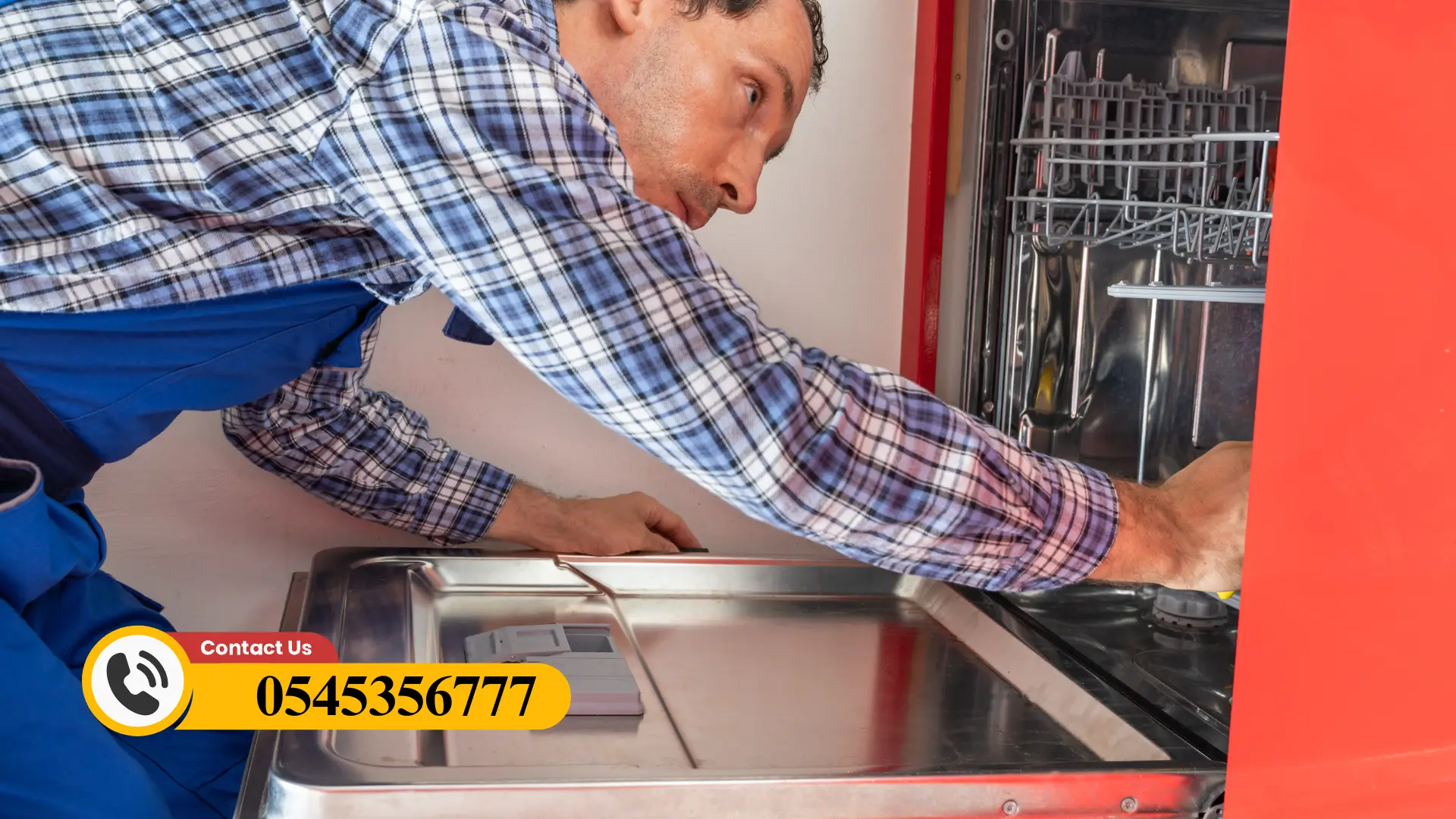
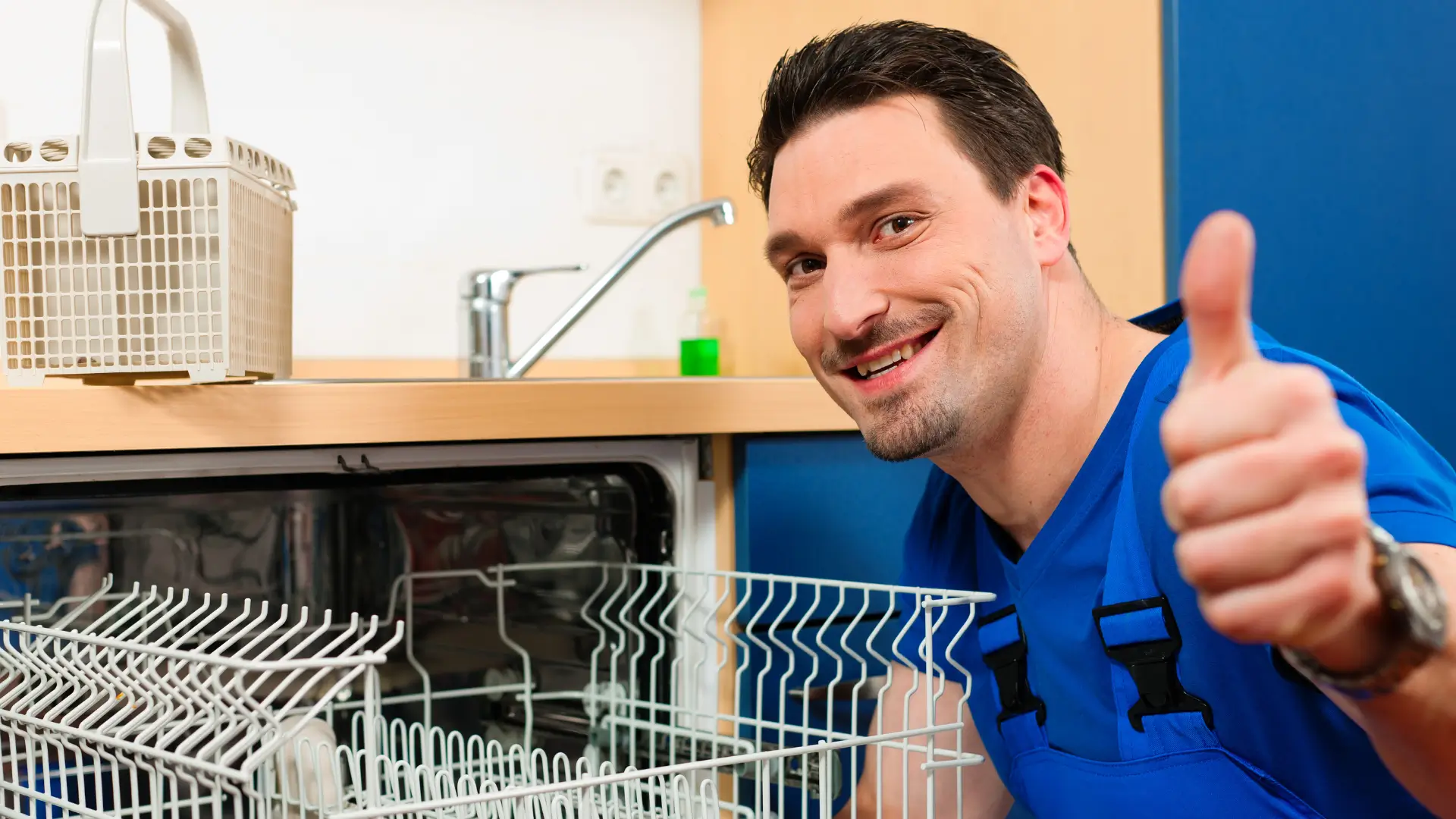
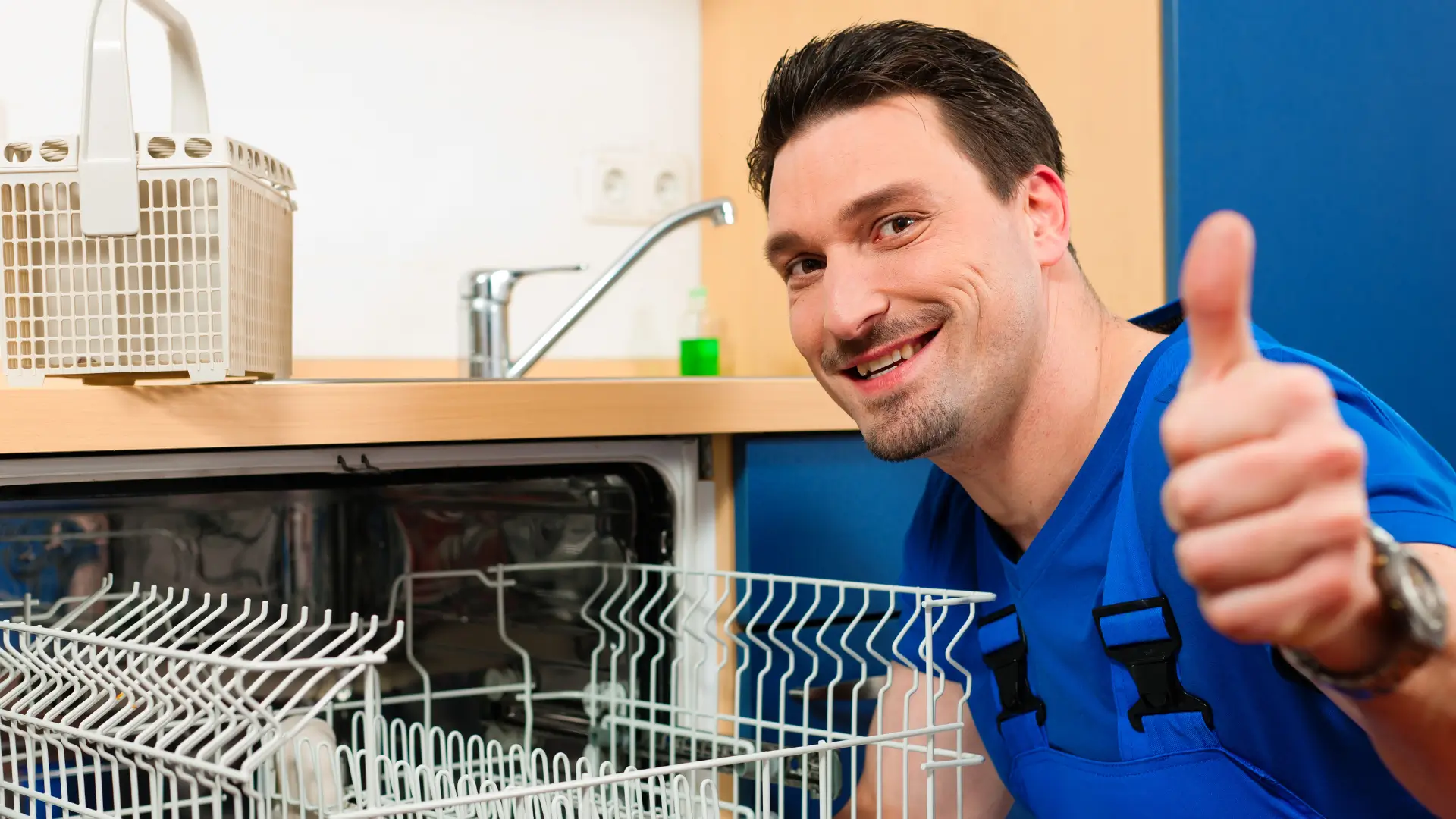
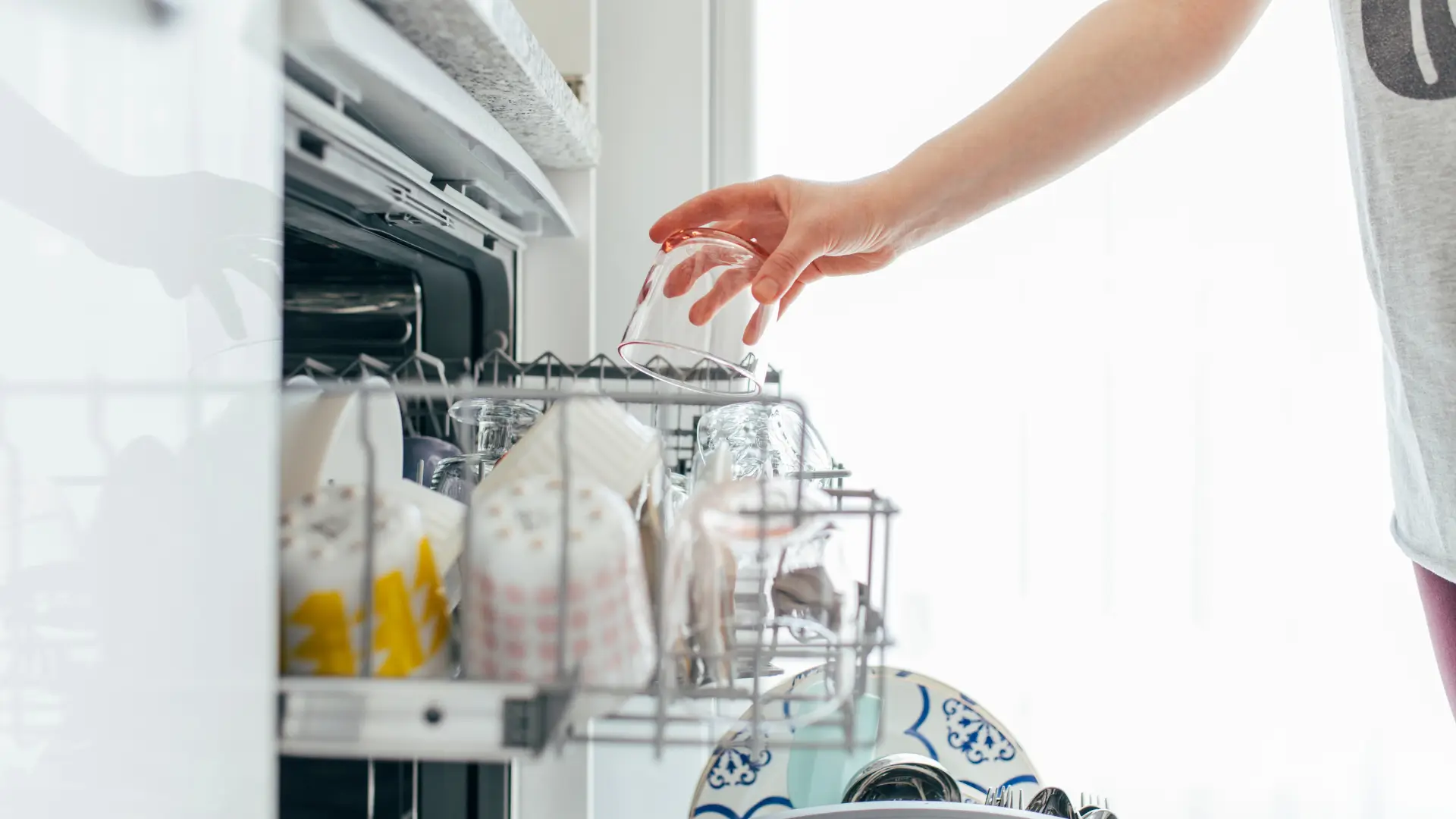
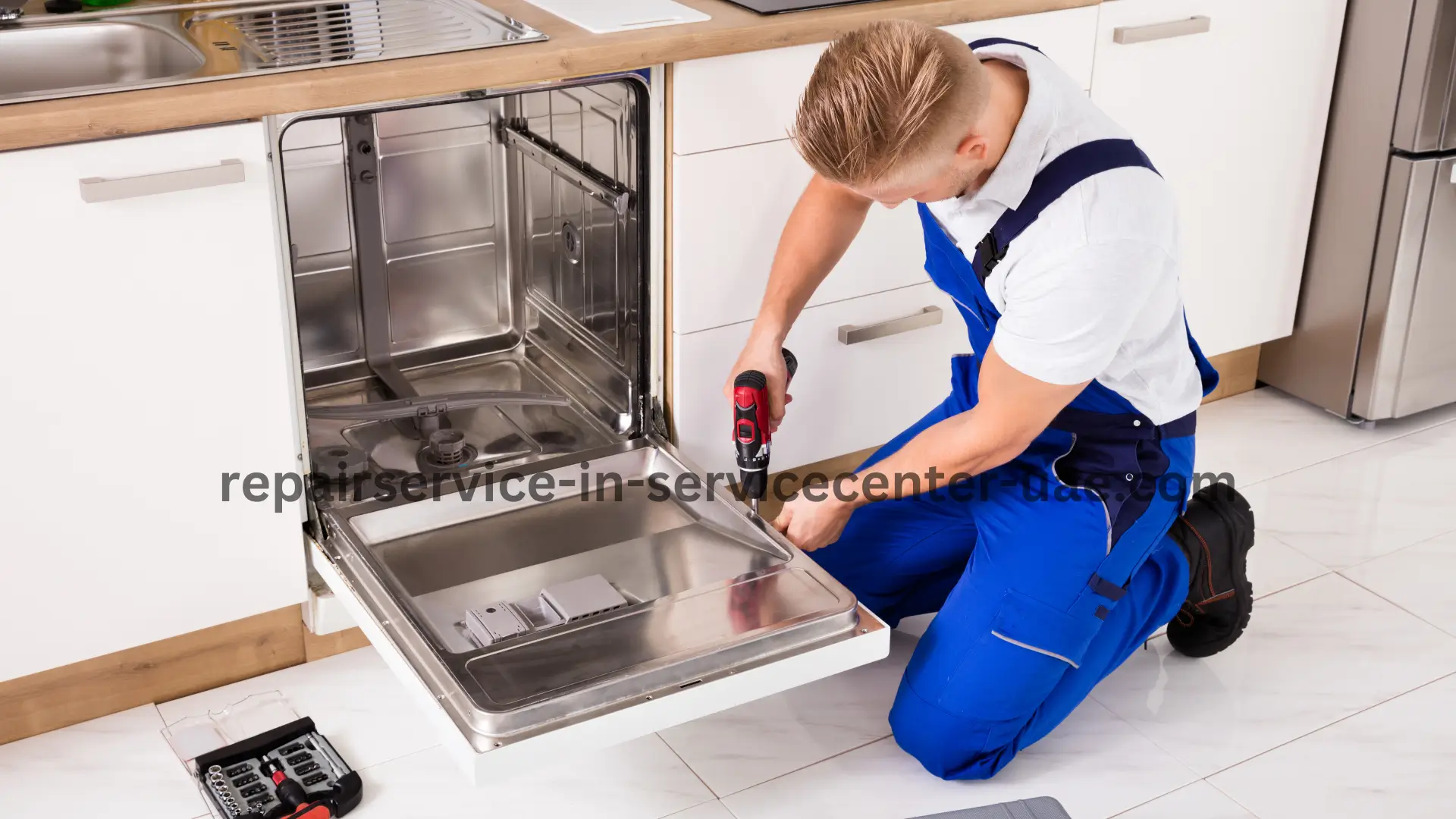

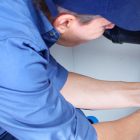

Recent Comments